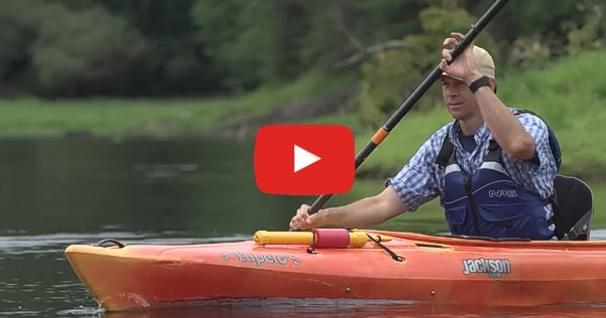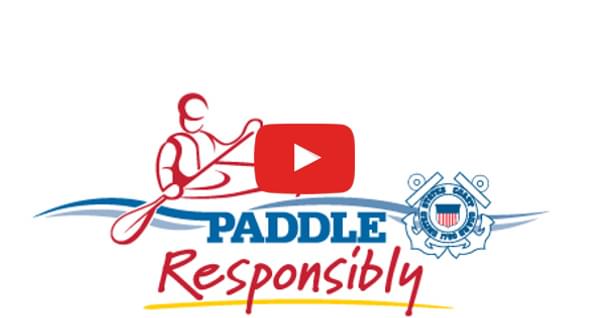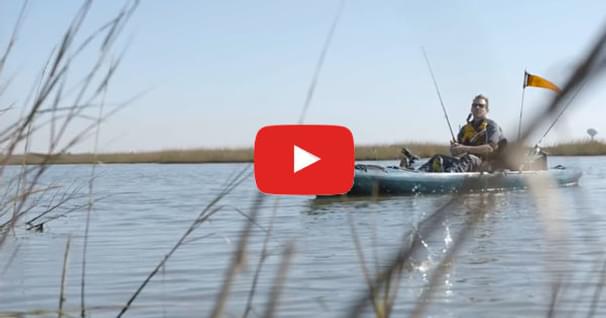Golden Rules of Recreational Kayaking
The three golden rules are a set of rules that, when followed, will let you paddle the most efficiently and help keep you safe on the water:
- You need to use the power of torso rotation for all your strokes.
- You need to choose an appropriate paddling location.
- You need to have a plan in case you capsize.
Using the power of torso rotation for all your strokes means engaging your whole upper body for your strokes and not just using the muscles in your arms. To do this, you need to twist at the waist when you take a stroke, rather than just reaching and pulling with your arms. For example, when taking a forward stroke to reach forward shouldn't just involve your arms. It should involve your whole upper body. What this means is that if I'm taking a stroke on the right side of my boat, I'm going to reach forward with not only my hands, but with my right shoulder, turning my body to the left. I then plant the blade fully in the water. And when I pull on that stroke, I'm pulling with my arms and my whole upper body.
The second golden rule is to choose an appropriate paddling location for your skill level. The ideal kayaking environment has protection from wind and waves, a good access point for launching and landing, lots of places to easily go ashore, and minimal motorized boat traffic. Look for calm bays, quiet lakes, and riverways without noticeable current. As a general rule, if you venture into water that isn't protected from wind and waves, and/or if you travel further from shore than you can comfortably swim, you're entering a new world. A world in which you'll need to protect yourself and the people you're paddling with by taking a sea kayaking course. Which, among other things, teaches you valuable exposed water rescue skills.
The third golden rule is to have a plan that you're confident being able to execute in the case that you capsize. And the first thing you need to know is whether or not you can reenter the kayak from the water. The only way to know this is by practicing it before heading out. If you find you're unable to reenter the kayak, or you just don't have any desire to try, it doesn't mean you can't enjoy the wonders of kayaking. It just means that you should always stay close enough to shore so that you can comfortably swim to land. One thing that I can tell you is that reentering a sit-on-top kayak is a lot easier than reentering a sit-inside kayak, because it won't swamp. And so sit-on-top kayaks are more versatile for the average recreational kayaker.
There you have it, the three golden rules of kayaking.
I hope you enjoyed this video.
50 years of lightweight, maneuverable, high-performing kayaks.
Check out this interview with Tom Keane, Eddyline Kayaks Co-Owner, on their journey!
Related Articles
For obvious reasons, the forward stroke is the most important stroke to learn. But you don't need to…
Everyone wants to have fun on the water. The important thing to remember is staying safe while having…
My name is Jeff Herman. The golden rules of kayak fishing are a set of basic rules that all kayak…



